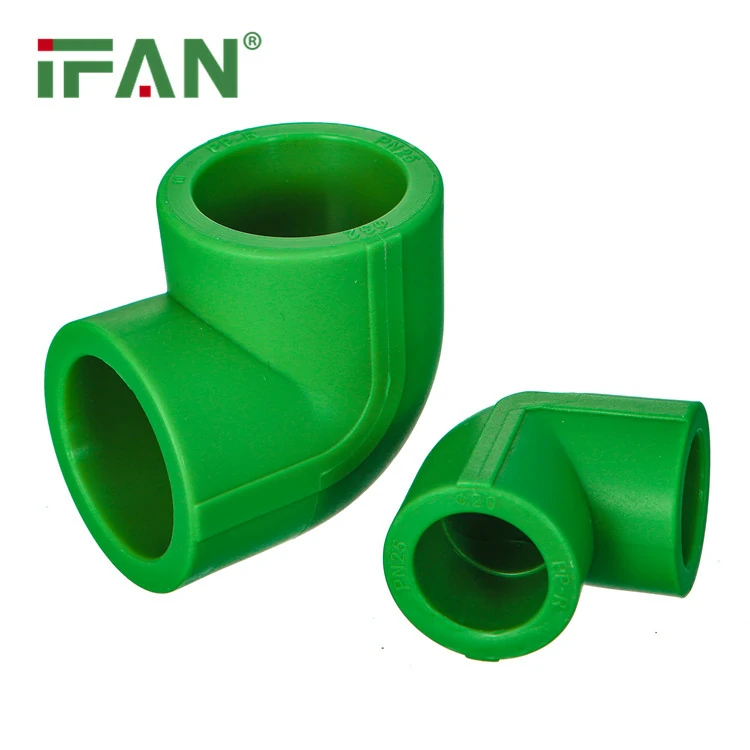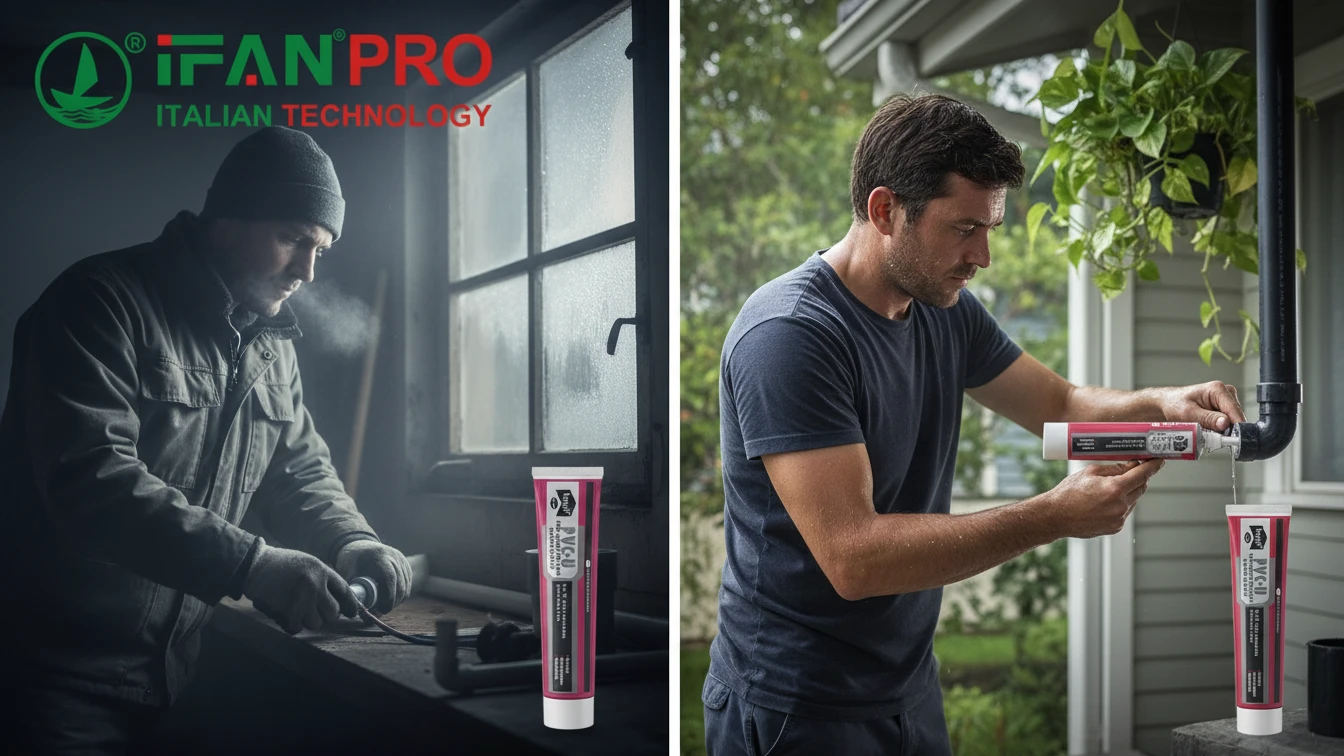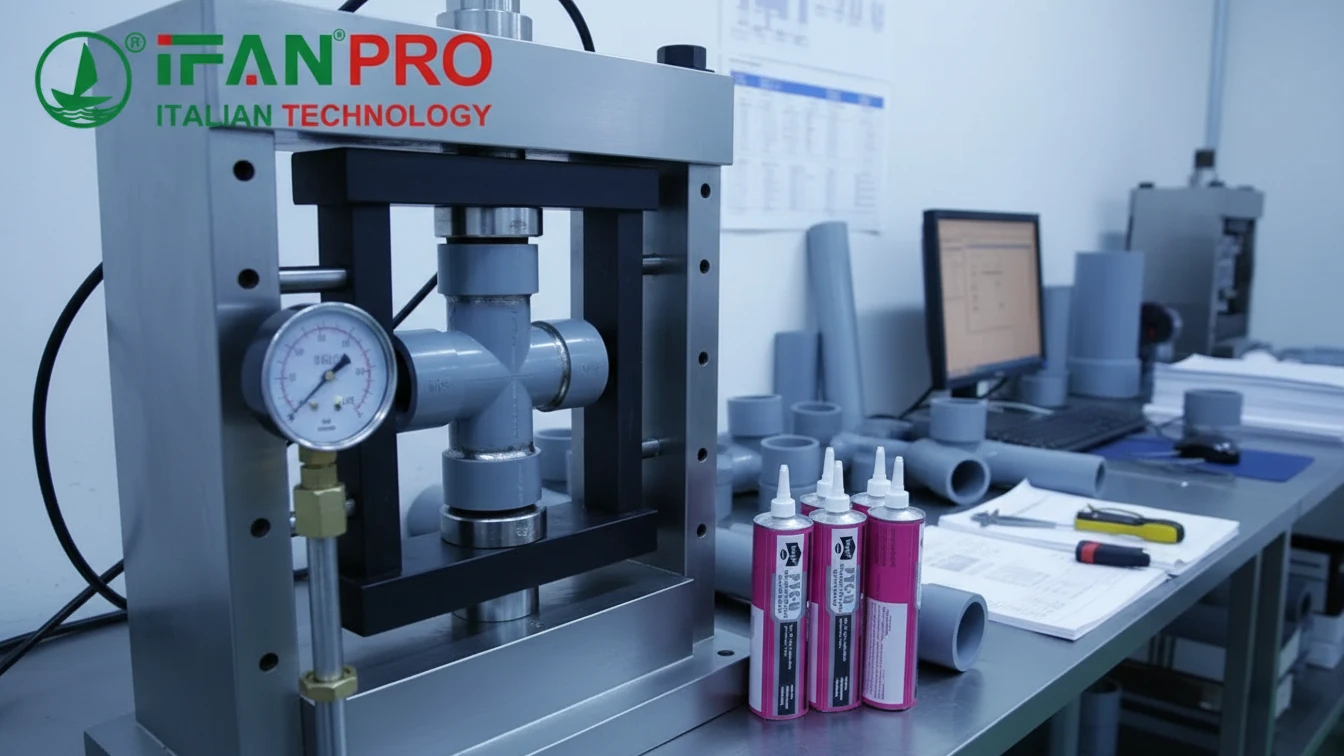1. Why Does Inner Wall Smoothness Matter?
- Directly impacts energy consumption and system stability
- Rough surfaces cause:
- Increased friction resistance (reduced head pressure)
- Faster scale buildup (shortened lifespan)
- Higher noise levels (turbulent flow effects)
2. Scientific Analysis of PPR Pipe Smoothness
- Key parameters:
- Surface roughness Ra value (industry standard ≤0.4μm)
- Reynolds number (Re) and flow transition (laminar→turbulent at ~2300)
- IFAN manufacturing process:
- German Battenfeld extruders
- Die polishing precision up to 0.01mm
- ISO 4427 drinking water standard compliance

3. Quantified Impact on Water Flow
| Smoothness Level | Friction Coefficient λ | Head Loss (m/100m) | Annual Energy Increase |
|---|---|---|---|
| Ultra-smooth (Ra≤0.2μm) | 0.012-0.014 | 1.8-2.2 | <3% |
| Standard (Ra≤0.4μm) | 0.014-0.017 | 2.5-3.1 | 3-6% |
| Rough (Ra>0.6μm) | 0.018+ | 3.5+ | >8% |
4. Real-world Validation Cases
- Case 1: Hotel hot water system upgrade
- Old pipes: Ra=0.8μm → $12,000 annual electricity cost
- IFAN pipes: Ra=0.3μm → $9,800 annual cost
- Case 2: Industrial cooling system
- 12% flow increase (same pump power)
- Maintenance cycle extended to 24 months
5. IFAN’s Solution
- Triple-smooth technology:
- Nano-coating (reduces scale adhesion)
- Vacuum sizing process (eliminates internal stress)
- Online laser inspection (100% quality control)
- Free fluid simulation service (using ANSYS software)
6. How to Choose High-smoothness PPR Pipes
- Request Ra value test reports from suppliers
- Check uniform reflection (mirror-like surface indicates quality)
- Verify ISO 4427/EN 12201 certifications
- Ask for long-term scale deposition test data
7. Заключение
IFAN PPR pipes with ultra-smooth inner walls (Ra≤0.3μm) can reduce system energy consumption by 5-10% while decreasing scale formation by over 40%.













Последние комментарии